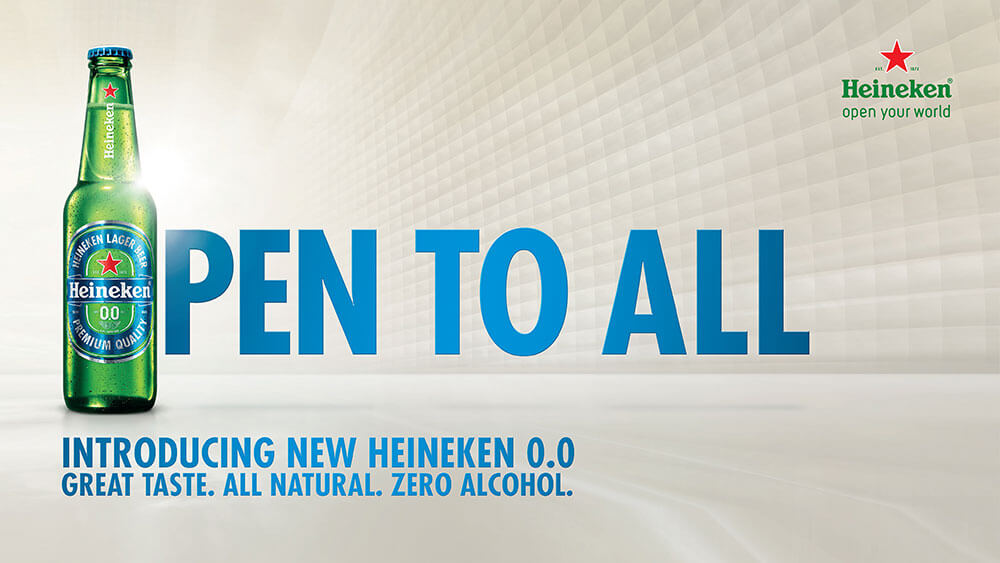
Heineken and many of its competitors now offer alcohol-free beers, a trend that has big implications for business events. (Courtesy Heineken Company)
What do Heineken, Guinness, and Pabst Blue Ribbon have in common? Aside from being iconic beer and ale companies, they are all aiming to connect with a growing number of consumers who want to fill their glasses with something other than alcohol. And that category is attracting enough attention that it’s earned its own name: sober curious.
The term comes from Ruby Warrington’s latest book, Sober Curious: The Blissful Sleep, Greater Focus, Limitless Presence, and Deep Connection Awaiting Us All on the Other Side of Alcohol, and taps into a growing — and profitable — trend. A report from Bon Appétit estimates that the market for low- to zero-alcohol beverages will grow by 32 percent between 2018 and 2022. The movement is making plenty of headlines — “Millennials Are Sick of Drinking” and “They’re Young, They’re Fun, and They’re Alcohol-Free” — as the media pays attention to the behaviors of people who want to avoid hangovers and steer clear of the long-term dangers of over-indulging.
The search for a 0.0 alcohol-by-volume (ABV) reading has big implications for business events. Meetings and conferences are built on the promise of helping participants explore their curiosities with thought-provoking education sessions and inspirational speakers, and those programs will need to satisfy sober curiosities, too. For many traditional events, this will require rethinking the format of evening events where the bar is often the centerpiece of the action. However, as software developer and conference speaker Sasha Romijn pointed out in “How to Build a Better Alcohol Culture at Your Tech Conferences and Events,” some of the adjustments can be quite simple.
“Alcohol should never appear as the default, or as the fancier drink,” Romijn wrote. “This means that getting any non-alcoholic drink should be at least as easy as getting an alcoholic drink, and non-alcoholic drinks should be at least as varied or fancy as alcoholic drinks.”
For example, if the menu includes five different varieties of tequila-based cocktails, Romijn recommends including five unique — and equally delicious — mocktails. Romijn’s perspective focuses on the tech industry, but one can easily argue that a booze-focused culture shapes many conferences that attract attendees from many professions. As more attendees opt for alcohol-free imbibing, organizers should take a look at their beverage service to make sure they have a variety of booze-free drinks to slake their thirst — and their curiosity.
Participants are curious about more than revising the options at the bar. Check out this article on the alternative-meat movement’s implications for what’s on the menu at meetings.
